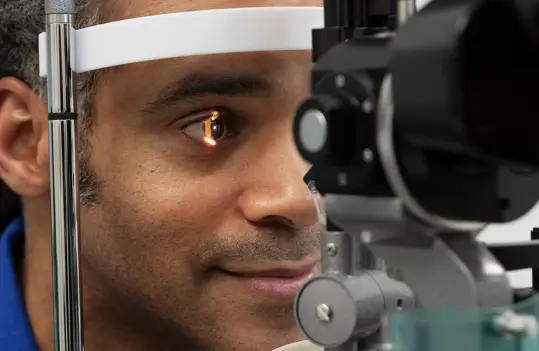Avoid Heavy Lifting:
Heavy lifting can increase pressure within your eyes, potentially interfering with healing and causing damage.
For the first 7-10 days, avoid strenuous activities like heavy gardening, running, hill walking, and carrying heavy loads (including golf bags).
Also, minimise activities that increase intraocular pressure, such as bending over to pick things up or reaching high.
Prepare Your Home:
In the week before surgery, assess your daily routine.
Identify tasks that involve bending, reaching, or straining.
Eliminate easily avoidable tasks by:
- Placing frequently used items at waist height.
- Preparing easy-to-heat meals.
- Leaving the kettle filled and a cup ready with a tea bag.
- Arranging for dog walks.
Reduce Airborne Particles:
Vacuum and clean your home thoroughly before surgery to minimise exposure to pet hair, dander, dust, and dirt.
Continue regular cleaning after surgery, but prioritise rest.
Ask your partner, friends, or children to assist with housework.
Key Points:
This information is for general guidance only.
Always follow your surgeon’s specific instructions.
If you have any concerns, contact your doctor immediately.





